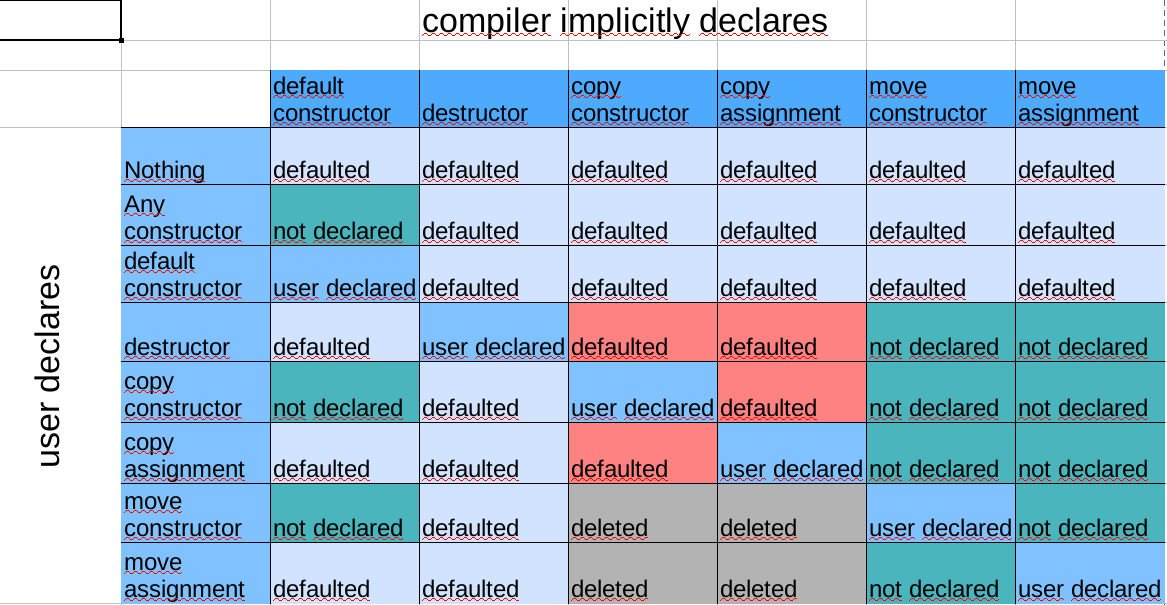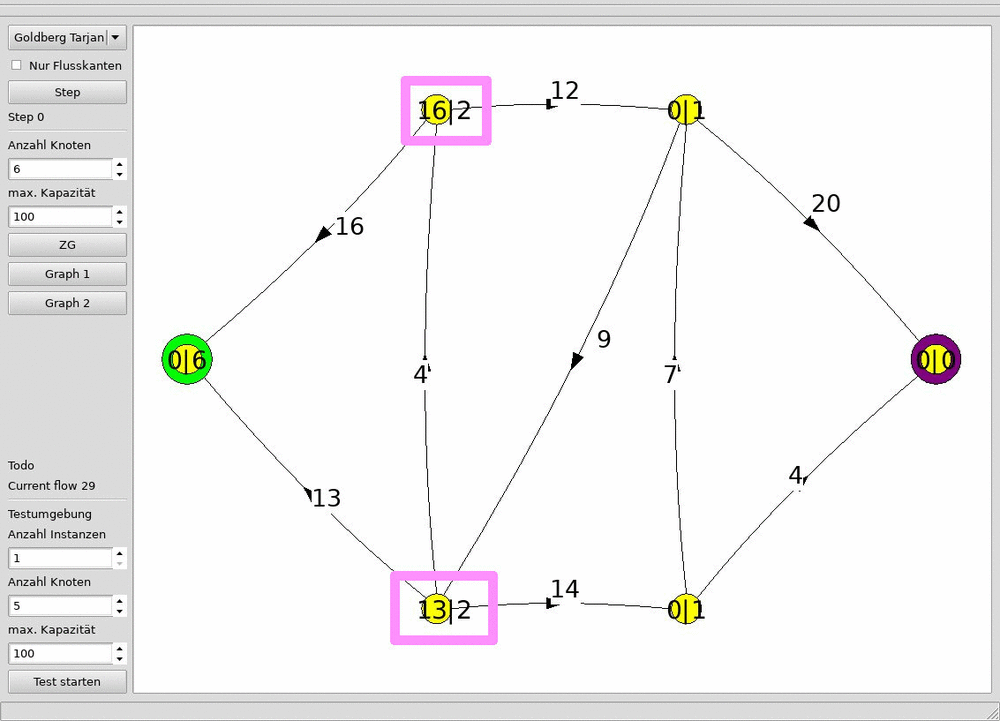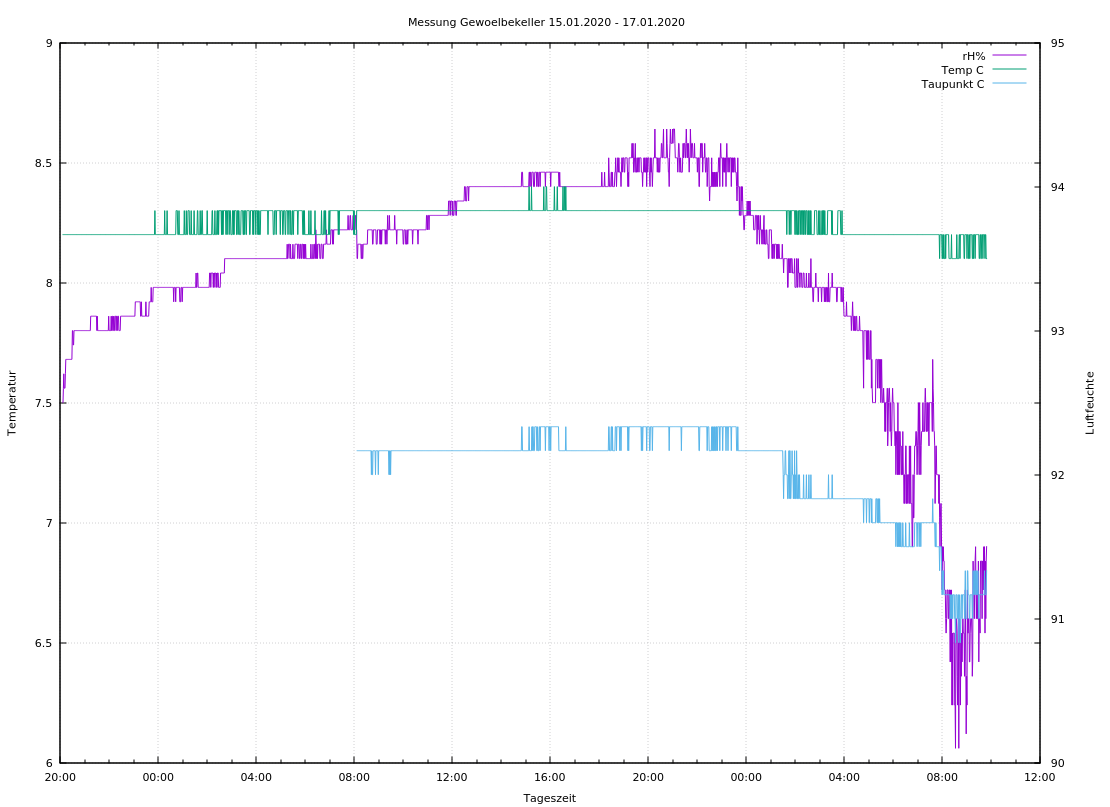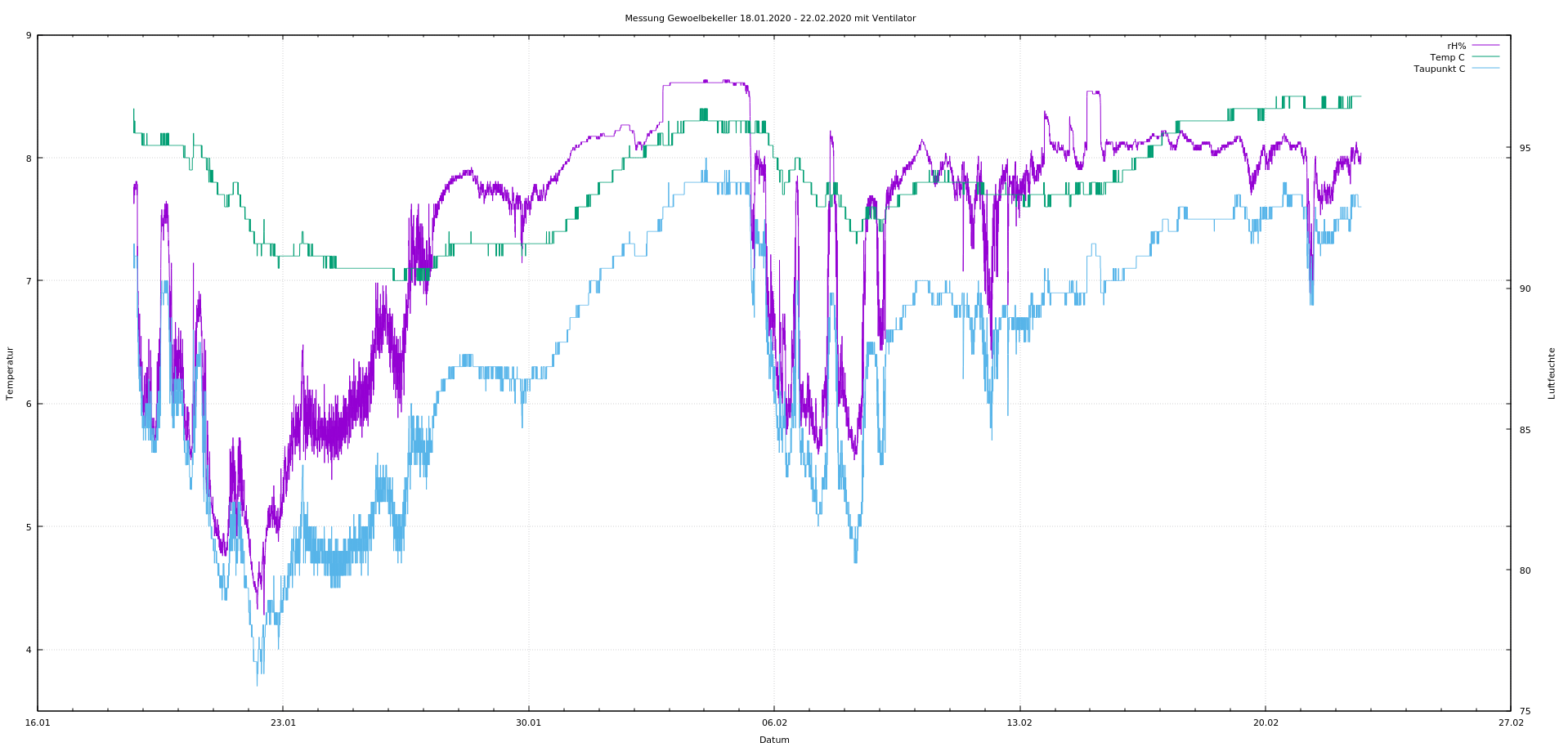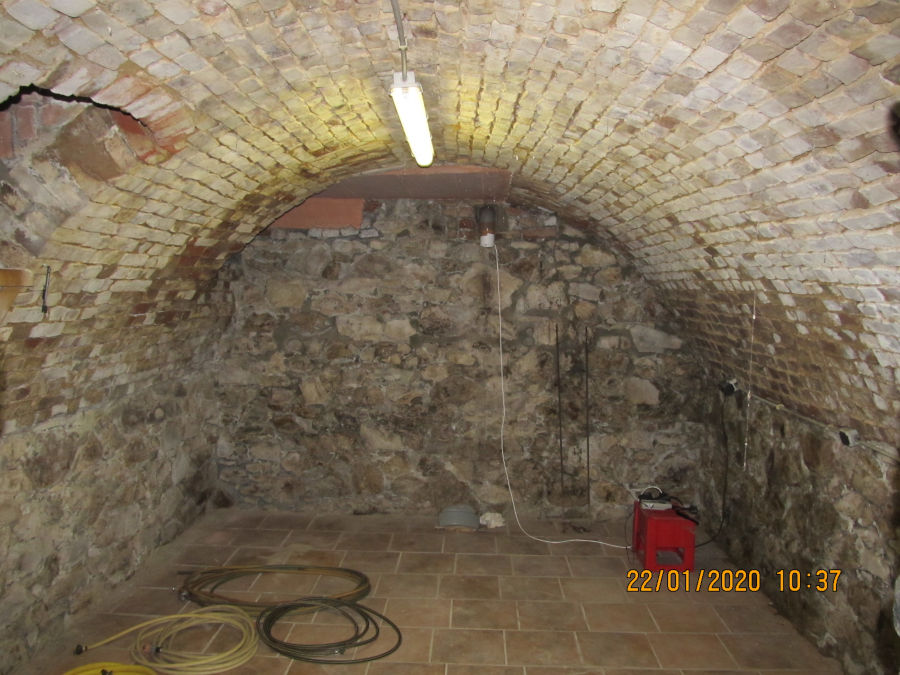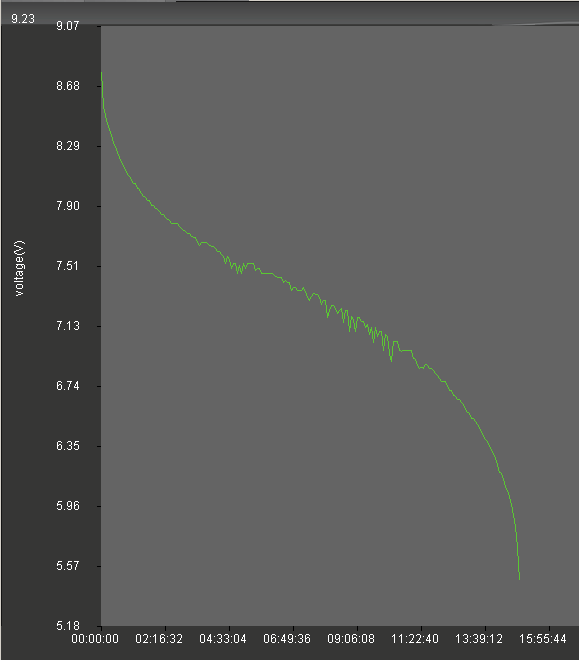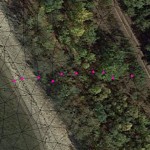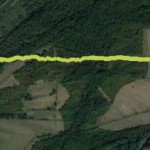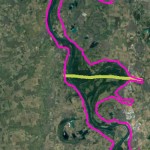Lecture: The Ultimate Acorn Archimedes talk
https://media.ccc.de/v/36c3-10703-the_ultimate_acorn_archimedes_talk
This talk will cover everything about the Acorn Archimedes, a British computer first released in 1987 and (slightly) famous for being the genesis of the original ARM processor.
Lecture: Energiespeicher von heute für die Energie von morgen
https://media.ccc.de/v/36c3-11119-energiespeicher_von_heute_fur_die_energie_von_morgen
Wir verlassen uns in unserem Alltag permanent auf die Verfügbarkeit von elektrischer Energie. Aber wenn wir vom dauerhaften Betrieb von Kraftwerke, die fossile Energieträger verbrennen, wie stellen wir die Versorgung sicher, wenn nachts kein Wind weht?
Elektrolyse oder Pumpspeicherkraftwerk? Superkondensatoren oder mechanische Speicher? Was geht heute überhaupt schon?
Lecture: phyphox: Using smartphone sensors for physics experiments
https://media.ccc.de/v/36c3-11195-phyphox_using_smartphone_sensors_for_physics_experiments
Modern smartphones offer a whole range of sensors like magnetometers, accelerometers or gyroscopes. The open source app "phyphox", developed at the RWTH Aachen University, repurposes these sensors as measuring instruments in physics education.
Lecture: How to Break PDFs
https://media.ccc.de/v/36c3-10832-how_to_break_pdfs
PDF is the most widely used standard for office documents. Supported by many desktop applications, email gateways and web services solutions, are used in all sectors, including government, business and private fields. For protecting sensitive information, PDFs can be encrypted and digitally signed. Assumed to be secure for 15 years, our talk reveals how to break PDF Encryption and how to break PDF Signatures. We elaborated novel attacks leading to critical vulnerabilities in all PDF viewers, most notably in Adobe, Foxit, and Okular. As a result, an attacker can retrieve the plaintext of encrypted PDFs without knowing the password and manipulate the content of digitally signed PDFs arbitrarily while a victim is unable to detect this.
Lecture: The Large Hadron Collider Infrastructure Talk
https://media.ccc.de/v/36c3-10760-the_large_hadron_collider_infrastructure_talk
Sehr interessant!
The Large Hadron Collider (LHC) is the biggest particle accelerator on Earth. It was built to study matter in more detail than ever before and prove physical theories like the Standard Model of Particle Physics. This talk will focus on the engineering aspects of LHC. How was it built? What makes it tick? Which technologies are needed to create a such powerful machine? This talk will take you on a journey to explore how the most complex machine ever built by humans works.
Lecture: Server Infrastructure for Global Rebellion
https://media.ccc.de/v/36c3-11008-server_infrastructure_for_global_rebellion
In this talk Julian will outline his work as sysadmin, systems and security architect for the climate and environmental defense movement Extinction Rebellion. Responsible for 30 server deployments in 11 months, including a community hub spanning dozens of national teams (some of which operate in extremely hostile conditions), he will show why community-owned free and open source infrastructure is mission-critical for the growth, success and safety of global civil disobedience movements.
Lecture: Climate Modelling
https://media.ccc.de/v/36c3-10896-climate_modelling
When climate activists say you should listen to the science they usually
refer to reports by the Intergovernmental Panel on Climate Change (IPCC). The IPCC is an Intergovernmental organization (IGO) providing an objective summary of scienctific results regarding climate change, its impacts and its reasons. The simulation of future climate is one
fundamental pillar within climate research. But what is behind it? How does the science sector look like? How do we gain these insights, what does it mean?
Lecture: How (not) to build autonomous robots
https://mirror.selfnet.de/CCC//congress/2019/h264-hd/36c3-10601-eng-How_not_to_build_autonomous_robots.mp4
Jo
Over the past 2 years we've been building delivery robots - at first thought to be autonomous. We slowly came to the realization that it's not something we could easily do; but only after a few accidents, fires and pr disasters.
Lecture: Intel Management Engine deep dive
https://media.ccc.de/v/36c3-10694-intel_management_engine_deep_dive
Reverse engineering a system on a chip from sparse documentation and binaries, developing an emulator from it and gathering the knowledge needed to develop a replacement for one of the more controversial binary blobs in the modern PC.
Lecture: Mathematical diseases in climate models and how to cure them
https://media.ccc.de/v/36c3-11155-mathematical_diseases_in_climate_models_and_how_to_cure_them
Making climate predictions is extremely difficult because climate models cannot simulate every cloud particle in the atmosphere and every wave in the ocean, and the model has no idea what humans will do in the future. I will discuss how we are using the Julia programming language and GPUs in our attempt to build a fast and user-friendly climate model, and improve the accuracy of climate predictions by learning the small-scale physics from observations.
Lecture: (Post-Quantum) Isogeny Cryptography
https://media.ccc.de/v/36c3-10543-post-quantum_isogeny_cryptography
There are countless post-quantum buzzwords to list: lattices, codes, multivariate polynomial systems, supersingular elliptic curve isogenies. We cannot possibly explain in one hour what each of those mean, but we will do our best to give the audience an idea about why elliptic curves and isogenies are awesome for building strong cryptosystems.
Lecture: Uncover, Understand, Own - Regaining Control Over Your AMD CPU
https://media.ccc.de/v/36c3-10942-uncover_understand_own_-_regaining_control_over_your_amd_cpu
The AMD Platform Security Processor (PSP) is a dedicated ARM CPU inside your AMD processor and runs undocumented, proprietary firmware provided by AMD.
Lecture: The KGB Hack: 30 Years Later
https://media.ccc.de/v/36c3-11031-the_kgb_hack_30_years_later
This spring marked the 30th anniversary of the public uncovering of the so-called KGB Hack, bringing with it a number of new articles remembering the event and forging bridges to the present.
Lecture: Offene Sensordaten für Jedermann - Ein Citizen Science Projekt basierend auf Open Source und Open Hardware
https://media.ccc.de/v/36c3-10862-offene_sensordaten_fur_jedermann_-_ein_citizen_science_projekt_basierend_auf_open_source_und_open_hardware
Der Talk soll die Geschichte der senseBox von Beginn bis jetzt wiedergeben. Dabei möchte ich vor allem auf unsere Arbeit im Bereich Open Source, Open Data, Open Hardware und Open Educational Resources eingehen. Die Motivation von Teilnehmern des senseBox Projekts möchte ich basierend auf einer Nutzerstudie kurz wiedergeben. Außerdem möchte ich auf aktuelle Probleme sowie technische Hürden und die Genauigkeit der Daten eingehen. Zu guter Letzt gebe ich einen kurzen Ausblick in die Zukunft des Projekts.
Lecture: An ultrashort history of ultrafast imaging
https://media.ccc.de/v/36c3-10902-an_ultrashort_history_of_ultrafast_imaging
Did you ever wonder what happens in the time period it takes light to cross the diameter of your hair? This is the femtosecond, a millionth of a billionth of a second. It is the time scale of electron and nuclear motion, and therefore the most fundamental processes in atomic and molecular physics, chemistry and biology start here. In order to take movies with femtosecond time resolution, we need ultrafast cameras – flashes of light that act faster than any camera shutter ever could. And imaging ultrafast motion is only the first step: We aim to control dynamics on the femtosecond time scale, ultimately driving chemical reactions with light.
Lecture: On the insecure nature of turbine control systems in power generation
https://media.ccc.de/v/36c3-10689-on_the_insecure_nature_of_turbine_control_systems_in_power_generation
A deep dive into power generation process, industrial solutions and their security implications. Flavoured with vulnerabilities, penetration testing (security assessment) methodology and available remediation approaches.
Lecture: 36C3 Infrastructure Review
https://media.ccc.de/v/36c3-11235-36c3_infrastructure_review
Jedes Jahr gut
36C3 is run by teams of volunteers. In this event, they will provide some insight into the challenges they faced while building the GSM, DECT and IP networks, running video streams, or organizing ticket sales. All graphs will be pointing up and to the right.
Lecture: Getting software right with properties, generated tests, and proofs
https://media.ccc.de/v/36c3-10768-getting_software_right_with_properties_generated_tests_and_proofs
How do we write software that works - or rather, how do we ensure it's correct once it's written? We can just try it out and run it, and see if it works on a few examples. If the program was correct to begin with, that's great - but if it's not, we're going to miss bugs. Bugs that might crash our computer, make it vulnerable to attacks, stop the factory, endanger lives, or "just" leave us unsatisfied. This talk is about techniques every programmer can use to avoid large classes of bugs. You think about general properties of the things in your code, verify them through automatically generated tests, and (when it's particularly critical) proofs. This is a surprisingly fun and satisfying experience, and any programmer can do it. You need just a bit of high school math (which we'll refresh in the talk) to get started.
Lecture: Quantum Computing: Are we there yet?
https://media.ccc.de/v/36c3-11039-quantum_computing_are_we_there_yet
Five years ago I spoke about my work in quantum computing, building and running a tiny two qubit processor. A few weeks ago, Google announced a potentially groundbreaking result achieved with a 53 qubit quantum processor. I will therefore review the state of experimental quantum computing and discuss the progress we made in the last 5 years. I will explain quantum supremacy, surface code architecture and superconducting quantum processors and show which challenges we still have to overcome to build large scale quantum computers.
Lecture: Grow your own planet
https://media.ccc.de/v/36c3-10607-grow_your_own_planet
This year the Nobel prize in physics was awarded to three astronomers changing the understanding of the Universe and finding the first exoplanet. This is a good reason to dive into astronomy, numerics, and programming and to learn how modern astronomy creates the pictures and models of the reality we observe in the night sky.
Let’s find out together how we can simulate the Universe and grow new planets – computationally
Lecture: Nutzung öffentlicher Klimadaten
https://media.ccc.de/v/36c3-10571-nutzung_offentlicher_klimadaten
'In meiner Jugend war mehr Schnee!' oder 'Früher war es auch schon heiß!' könnte man so glauben, je nach Vehemenz des Ausrufs, oder man schaut halt nach.
Lecture: Linux on Open Source Hardware with Open Source chip design
https://media.ccc.de/v/36c3-10549-linux_on_open_source_hardware_with_open_source_chip_design
Want to run Linux on open hardware? This talk will explore Open Source Hardware projects capable of that task, and explore how RISC-V and free software FPGA projects can be leveraged to create libre systems.
Lecture: Verkehrswende selber hacken
Der Talk wird eine wilde Fahrt, vorbei an umfallenden Rollern, etwas Kunst mit Sharing-Daten, einer Shoppingtour aus Recherchegründen auf asiatischen Großhandelsplattformen, Sicherheitslücken in Fahrradschlössern, welche einen deutschen Bikesharer dazu bringen, seine 6000 Räder weltweit wieder einzusammeln, der Analyse von risikokapitalgetriebenen Sharingsystemen bis hin zum Gegenentwurf: Wie angewandte Lobbyarbeit für mehr offene Mobilitätsdaten aussieht. Und wie man es selbst in die Hand nehmen kann.
Lecture: Aufbau eines Sensornetzes für die Messung von Stickstoffdioxid
Ausgehend von den behördlichen Messnetz für Stickoxide soll der Aufbau einer preisgünstigen Open Source Messstation für Stickstoffdioxid, inklusive Kalibrierung und der behandlung von Störenden einflüssen behandelt werden. Zusätzlich soll eine Webanwendung vorgestellt werden welche die Daten aus einem Messnetz der NO2-Messstationen sammelt, auf Karten visualisiert und somit dem Citizen Science Ansatz Rechnung trägt.
Lecture: Wandel im Braunkohlerevier: Lithium-Ionen-Batterierecycling
Weltweit verlaufen die Entwicklungstrends des Markthochlaufs der Elektromobilität und die Weiterentwicklung relevanter Batteriefertigungs- und Recyclingtechnologien hoch dynamisch. Maßgebliche Faktoren für die Entstehung eines industriellen Batterierecycling-Marktes nehmen dabei erst langsam Gestalt an, der regulatorische Rahmen ist noch modellierbar. Zugleich ist der Technologiepfad Elektromobilität als eingeschlagen zu begreifen: Die Vorgaben des Klimaschutzplans der Bundes-regierung zur CO2-Reduktion begründen Umbrüche in der Automobilbranche, die mittelfristig zu steigenden Verkehrs-anteilen von Fahrzeugen mit rein elektrischem oder hybridem Antrieb an den PKW-Neuzulassungen führen werden.
Lecture: HAL - The Open-Source Hardware Analyzer
Since the Snowden revelations the fear of stealthy hardware manipulations is no longer regarded as far fetched.
This fear is also reflected in the massive discussions sparked by last year's Bloomberg allegations on a supposed hardware spy implant on Supermicro serverboards or the recent USA ban on Huawei telecommunication equipment.
Lecture: Understanding millions of gates
Reverse Engineering of integrated circuits is often seen as something only companies can do, as the equipment to image the chip is expensive, and the HR costs to hire enough reverse engineers to then understand the chip even more so. This talk gives a short introduction on the motivation behind understanding your own or someone else’s chip (as a chip manufacturing company), and why it might be important for the rest of us (not a chip manufacturing company). The focus is on understanding what millions of logical gates represent, rather than the physical aspect (delayering, imaging, image processing…), because everyone can do this at home. I will introduce some proposed countermeasures (like logic encryption) and explain if, how and why they fail.
Lecture: Science for future?
https://media.ccc.de/v/36c3-10991-science_for_future
This talk is to show the current state of the discussion on climate change and the necessary and possible changes from a scientific perpesctive. It is to give some typical relevant answers and to foster the resiliance against climate sceptic questioning. This is one of the main tasks the scientist for future are trying to tackle.
